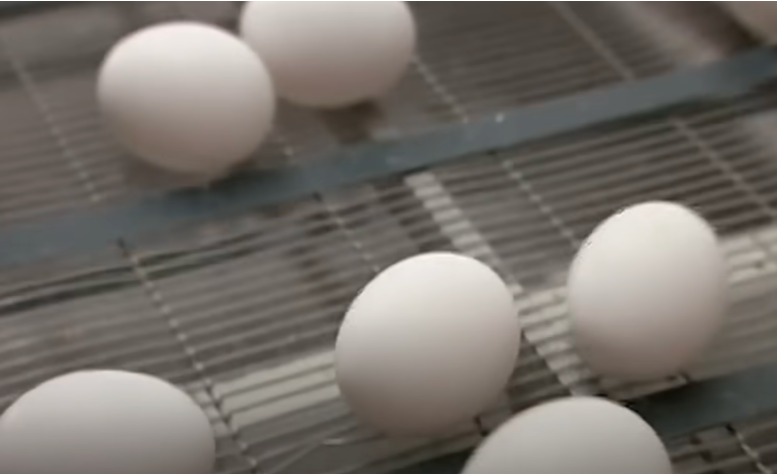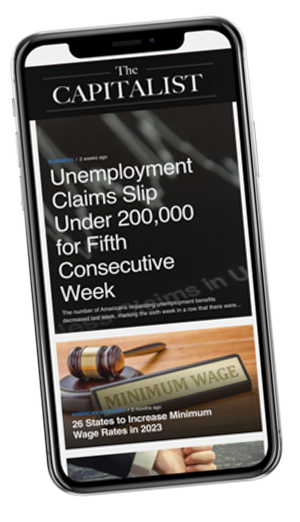News
Wholesale Prices Are Still Rising, So Don’t Expect Your Grocery Bills to Go Down Yet

Source: YouTube
November's inflation report from the Labor Department highlights an alarming trend: wholesale prices are rising. The Producer Price Index (PPI), which measures price changes faced by producers, increased by 0.4% on a monthly basis and 3% year-over-year. This marks the sharpest annual gain since February 2023.
Much of this increase stems from food price surges, with eggs leading the pack at a staggering 55% jump in November alone. Vegetables, poultry, and residential electricity also saw significant spikes. The PPI’s upward trajectory signals higher costs at the wholesale level, which often translate to elevated consumer prices down the line.
While some components of the PPI, such as hospital care and portfolio management fees, showed slower growth, the overall trend is concerning. Food price volatility, driven by unpredictable factors like disease and weather, remains a significant contributor to inflation pressures.
What Rising Wholesale Prices Mean for Consumers
The increase in wholesale prices foreshadows higher costs for everyday goods. Economists closely monitor the PPI because it often predicts future trends in consumer inflation, as seen in the Consumer Price Index (CPI). In November, the CPI also rose by 0.3% month-over-month, reinforcing the persistent challenges of inflation.
Egg prices serve as a stark example. A deadly avian flu outbreak coupled with holiday-driven demand caused shortages, pushing retail egg prices up 8.2% in November. This highlights how supply chain disruptions at the wholesale level directly impact grocery store shelves.
Food and energy prices, often volatile, are significant drivers of inflation. Events like droughts, geopolitical tensions, and rising fuel costs amplify price instability. While core PPI data, excluding food and energy, showed more modest growth at 0.2%, it does little to offset the broader inflationary pressures on consumers.
Trump Faces Economic Hurdles Amid Inflation Woes
As President-elect Donald Trump prepares to take office, managing inflation and reducing grocery costs remains a key challenge. Throughout his campaign, Trump pledged to lower prices rapidly, blaming the Biden administration for inflationary trends. However, recent reports show how complex and entrenched these issues are.
Trump's proposed strategies, such as increasing domestic oil production and improving supply chains, aim to tackle the root causes of inflation. While these measures could eventually ease transportation and production costs, economists warn that quick fixes are unlikely. For instance, rising energy costs, while impactful, are only one piece of the inflation puzzle.
Moreover, Trump’s proposed tariffs on imported goods could backfire. Tariffs often lead to higher costs for manufacturers who rely on imported materials, which are then passed on to consumers. Similarly, Trump’s stance on mass deportations risks creating labor shortages in agriculture, potentially driving food prices even higher.
Balancing Promises with Economic Reality
Trump’s campaign promises resonated with voters frustrated by high grocery prices, but his recent remarks show a shift in tone. He has acknowledged the difficulty of lowering prices, emphasizing that what goes up is “very hard” to bring down.
Experts suggest that while improving supply chains and boosting domestic production could help, broader structural challenges will limit the immediate impact. Global factors, such as disruptions in key shipping routes like the Suez and Panama Canals, compound the issue.
Despite these challenges, Trump remains optimistic about his ability to tackle inflation. His administration's approach will likely focus on balancing bold economic policies with pragmatic solutions to ease the burden on American families.
Inflation May Not Be Done Yet
The rise in wholesale prices underscores the uphill battle against inflation. As producers face higher costs, these increases inevitably trickle down to consumers. For the incoming Trump administration, navigating these economic pressures while fulfilling campaign promises will be a delicate balancing act.
While the road ahead is uncertain, the administration’s efforts to address energy costs and supply chain inefficiencies offer some hope. Americans are watching closely, hoping for meaningful action to stabilize prices and improve affordability.
How should businesses handle rising wholesale prices effectively? Let us know what you think!



